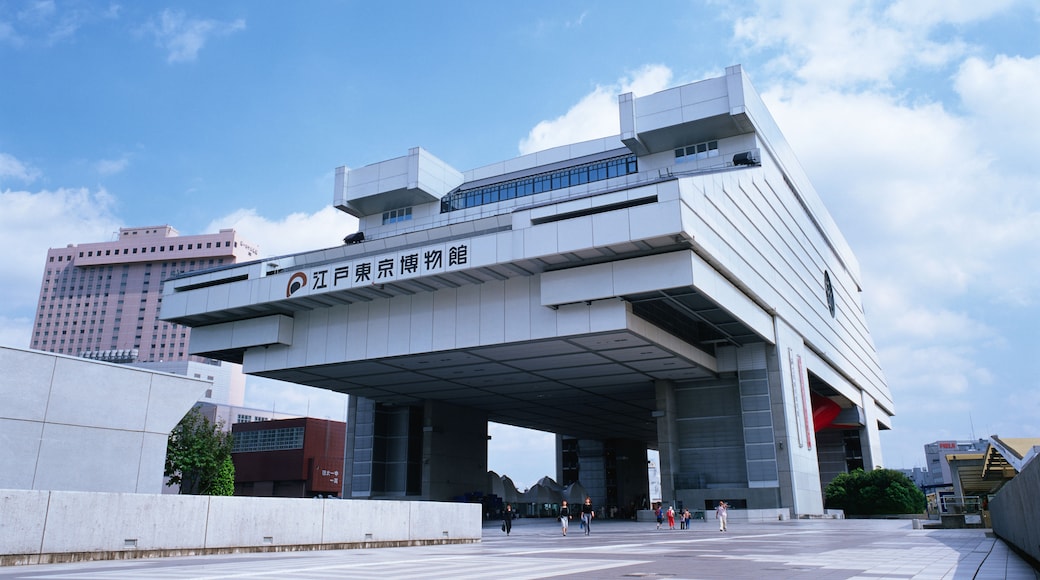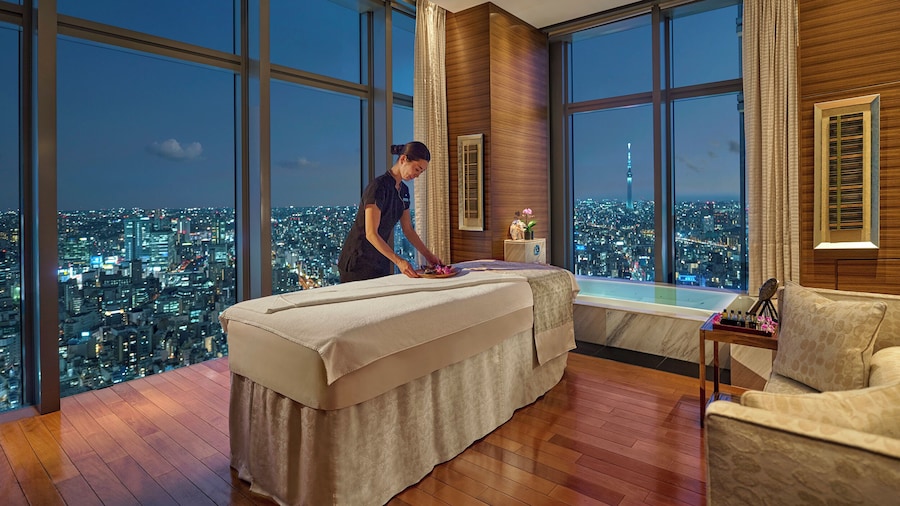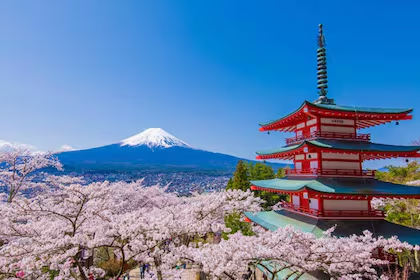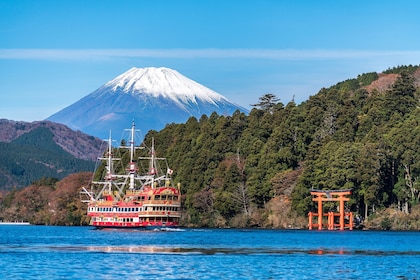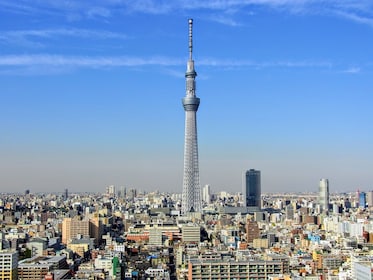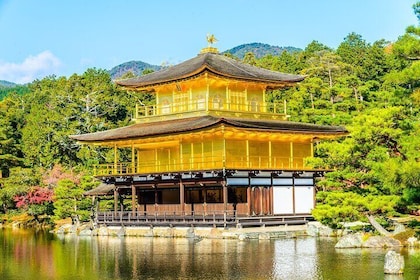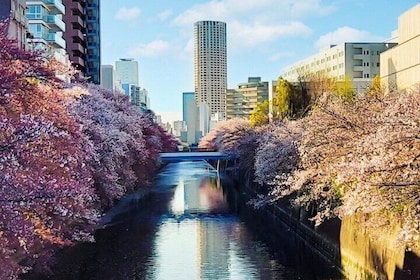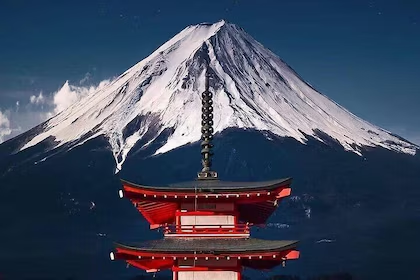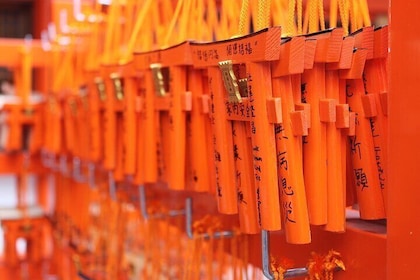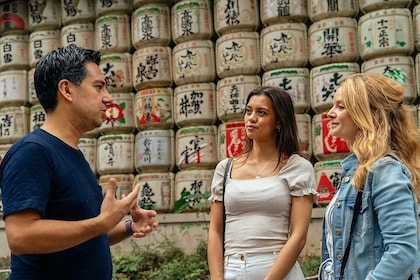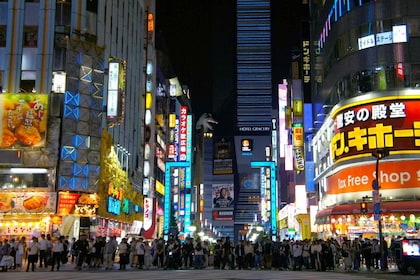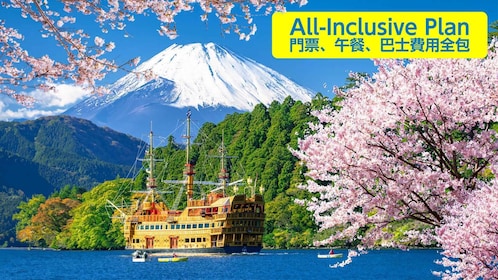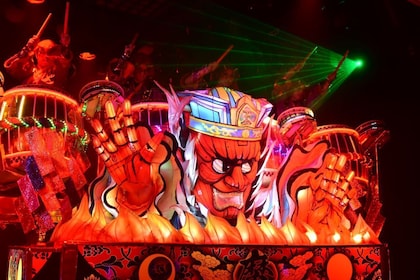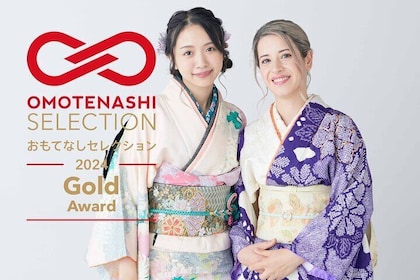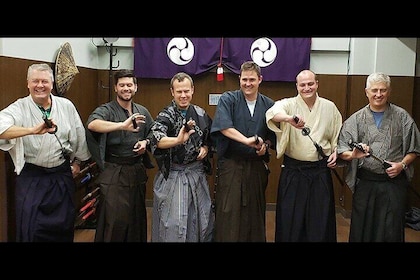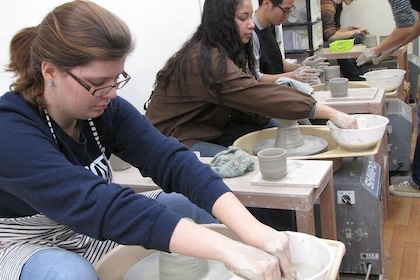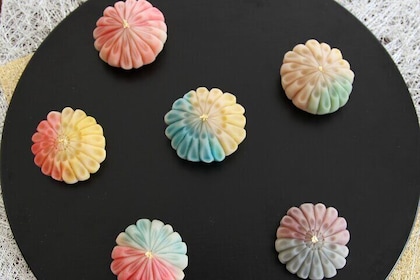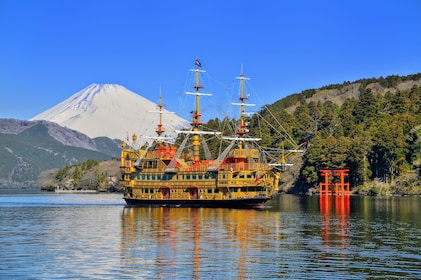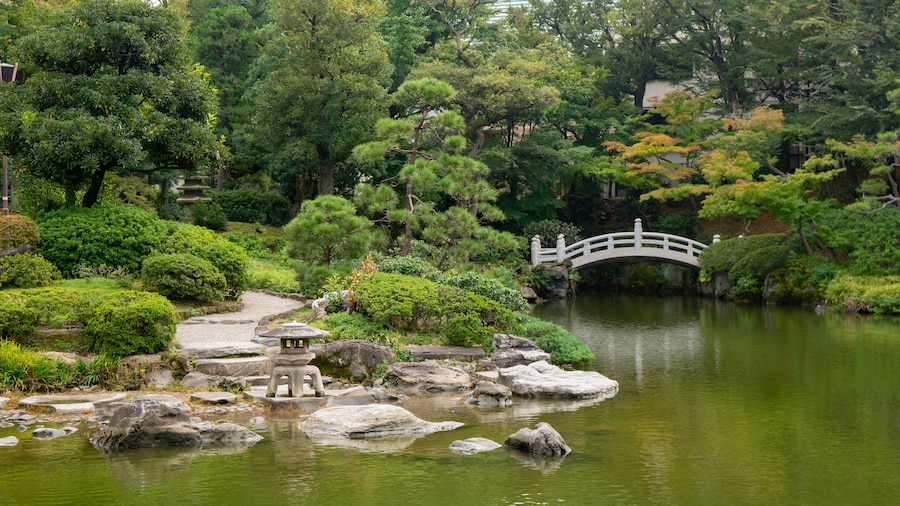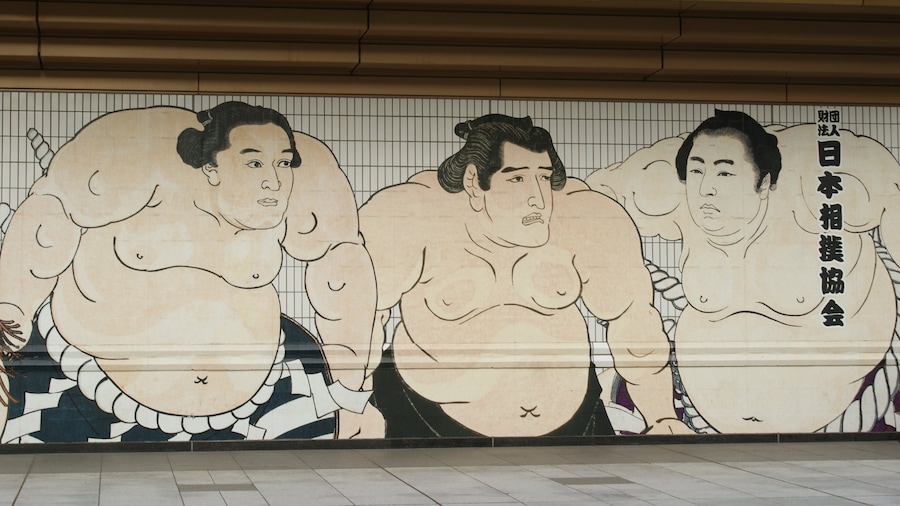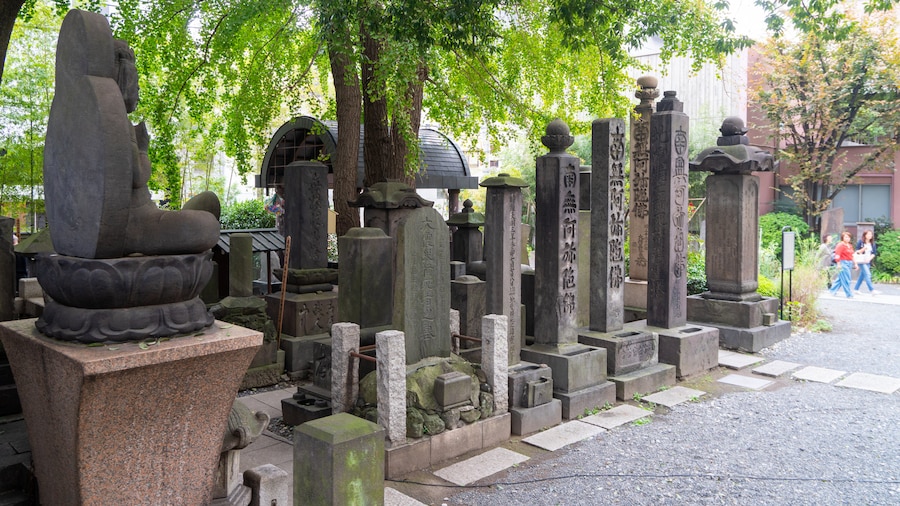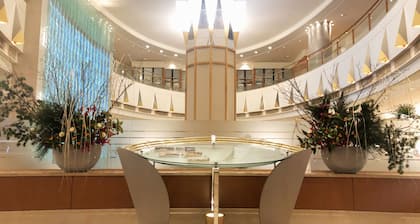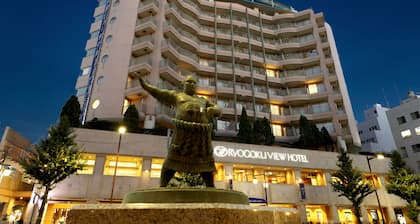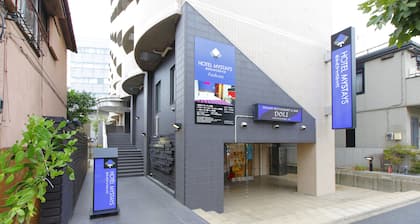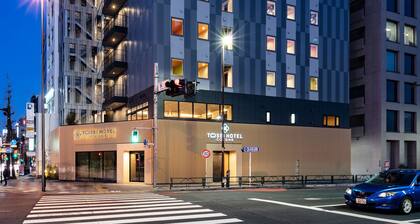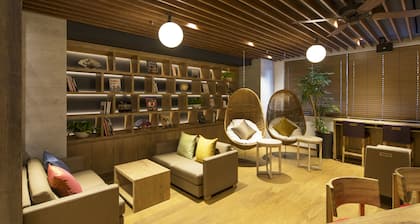The Edo-Tokyo Museum is one of the preeminent museums exploring and chronicling the history of Tokyo in the Edo Period. It is housed in a fascinating building whose appearance resembles the look of a futuristic warehouse. Explore the permanent and temporary exhibits to learn more about Tokyo, which was known as Edo until 1869.
Embark on a tour of the museum with an English-speaking guide. Study the various displays containing possessions and memorabilia from centuries ago. Many of the display areas are constructed in the style of Edo architecture, revealing signs and symbols that provide clues about the political and corporate realms of the period.
Inspect the scale models of towns and marvel at the life-size replicas of people and structures from those times. Look at the various temporary exhibits relating to Tokyo and its past that pass through the museum. Among the highlights is the accurate replica of the Nihonbashi Bridge that led to Edo.
Stand outside and marvel at the ambitious architecture of the building, whose legs hoist much of the structure as a cantilever in the air. It was designed by architect Kiyonori Kikutake. The museum first opened in 1993. Visit its related institution, the Edo-Tokyo Open Air Museum, in western Tokyo.
Pay a fee for a ticket to the permanent exhibit and ask for discounts for students and seniors. Special exhibits may have higher fees. Note that the site opens Tuesday through Sunday from morning until late afternoon, remaining open several hours into the evening on Saturdays.
The Edo-Tokyo Museum is near the eastern bank of the Sumida River that runs through eastern Tokyo. Ride the metro to the Ryogoku Station and walk east and then north for less than 10 minutes to get here. Explore the neighborhood for other gems such as the Sumo Museum, the Statue of Tokugawa Ieyasu and the Ryōgoku Sunrize theater, which hosts live music events.
